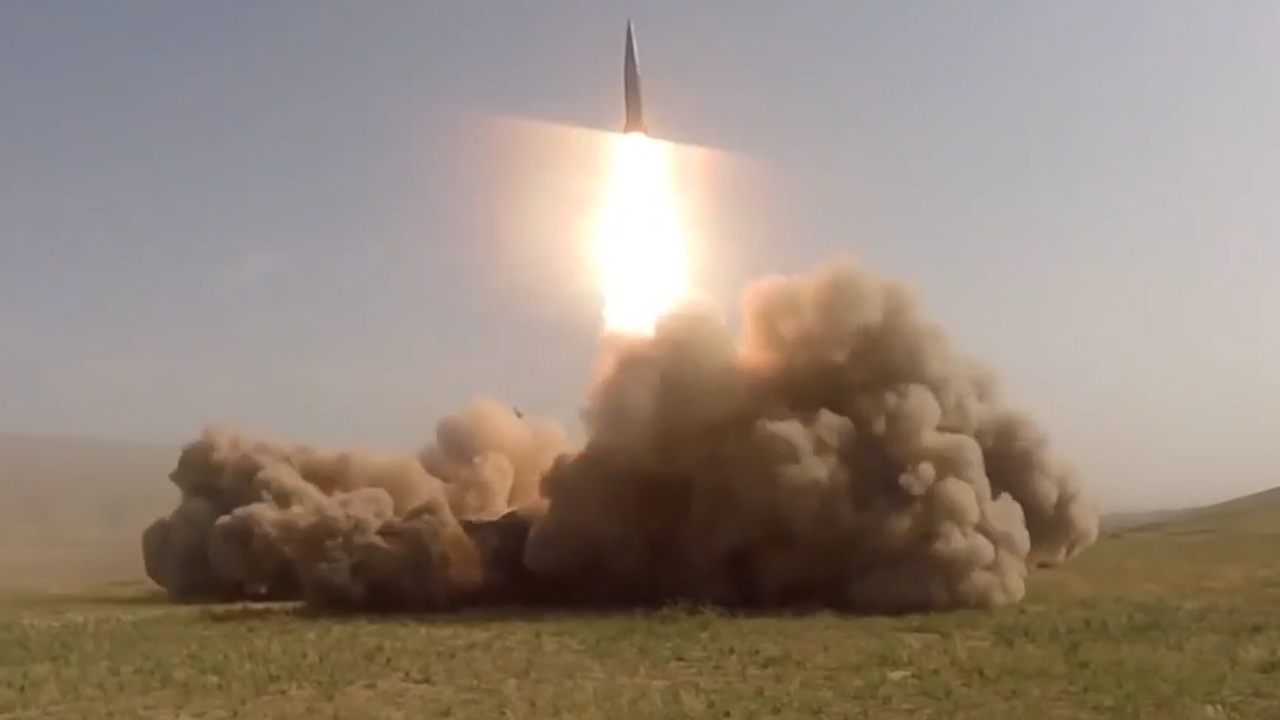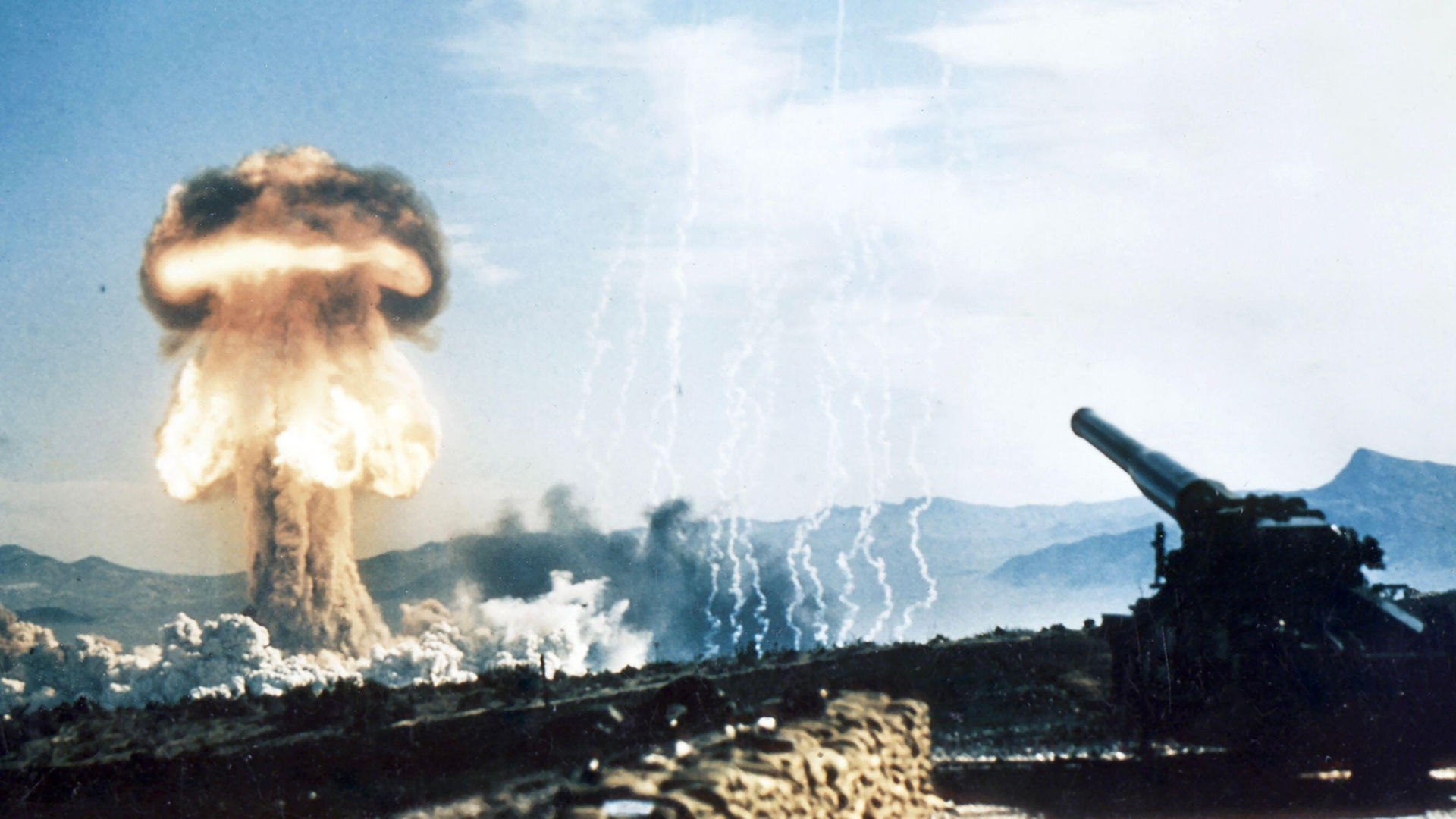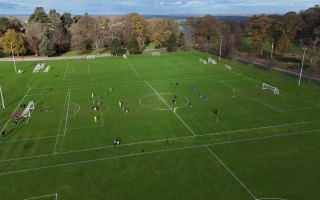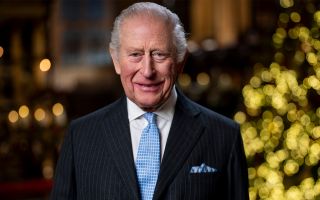
Size and power: The evolution of nuclear bombs from Hiroshima to today

Russia's tactical nuclear weapons are now the same size as Hiroshima's "Little Boy," a former defence secretary has warned, signalling the evolution in perceptions of nuclear warfare over the past 80 years.
Sir Ben Wallace also told BBC Radio 4's Today programme that the use of a nuclear bomb "is the ultimate last resort" when it comes to warfare.
His comment comes as the world commemorates the 80th anniversary of the US dropping the five-tonne Little Boy bomb on the city of Hiroshima on 6 August 1945, which helped bring about Japan's surrender in the Second World War.
- Hiroshima survivors vow to continue telling their stories 75 years on
- The plane that ended World War Two
- Take your place to commemorate 80th anniversary of VJ Day, RBL urges WW2 veterans
"Russia always held a view that it can use tactical nuclear weapons in some form of almost conventional way," said the former Conservative MP, who was defence secretary from 2019 to 2023.

"The very bomb we are marking its use of today, all those years ago in Japan, is roughly the size of what Russia would describe as a tactical nuclear weapon."
He also added that the increased proliferation of nuclear weapons is making the world "a more dangerous place".
To commemorate the 80th anniversary of Hiroshima, BFBS Forces News examines the evolution from strategic to tactical nuclear weapons.
Over the past 80 years, nuclear bombs have become more powerful, while more countries have also acquired the weapons.
After Little Boy, global powers continued to test and develop
Four years after the conclusion of World War Two, the Soviet Union tested its first nuclear weapon. Conducted at a test site in Semipalatinsk, in what is now Kazakhstan, in August 1949, the test came as a surprise to the US, which had historically underestimated the Soviet Union's nuclear capabilities.
The US also continued to test its own weapons. In 1952, it detonated a hydrogen bomb, which used fusion and fission together to create an explosion "about 700 times more powerful than the bomb the United States dropped on Hiroshima", according to the Centre for Arms Control and Non-Proliferation.
The UK tested a nuclear weapon in Australia in 1952, while France tried out their first atomic weapon in the Sahara Desert in 1960.
As tensions built up between the US and the Soviet Union, the arms race intensified. The Soviet Union demonstrated its nuclear power when it exploded the biggest-ever nuclear weapon named Tsar Bomba, with a 58-megaton yield, in Novaya Zemlya in 1961.

Greater power in smaller packages
The nuclear weapons of the Cold War era have since morphed into tactical nuclear weapons, which can have yields – the amount of energy released during the explosion – ranging from one kiloton to more than 100 kilotons.
To put that into context, the Hiroshima atomic bomb had a yield of 15 kilotons.
This means that there is much more power contained in smaller weapons, which are primarily intended to be used on the battlefield.
One such example is the American B61-12 bomb that the F-35A can carry.
Who has nuclear weapons today?
Nine countries have either stated they have nuclear weapons, or are believed to possess them: the United States, UK, China, France, Pakistan, India, Russia, North Korea, and Israel.
Russia and the US have the largest number of nuclear warhead stockpiles worldwide, followed by China, France and the United Kingdom.
The Bulletin of the Atomic Scientists said that they "have estimate[d] that the US Department of Defence maintained an estimated stockpile of approximately 3,700 nuclear warheads for delivery by ballistic missiles and aircraft" as of January 2025.
Meanwhile, Moscow has roughly 5,977 nuclear warheads, with 1,588 actively deployed, according to the Centre for Arms Control and Non-Proliferation.
The focus on the US' nuclear capabilities has recently intensified, as President Donald Trump ordered two nuclear submarines to be moved near Russia in early August 2025, reportedly in response to threats against the US from former Russian president Dmitry Medvedev.
Mr Trump's escalation caused Moscow to withdraw from the Intermediate-Range Nuclear Forces treaty, which was signed in 1987 by Ronald Reagan and Mikhail Gorbachev.
The treaty removed an entire class of ground-launched missiles with ranges of 500-5,500km.









